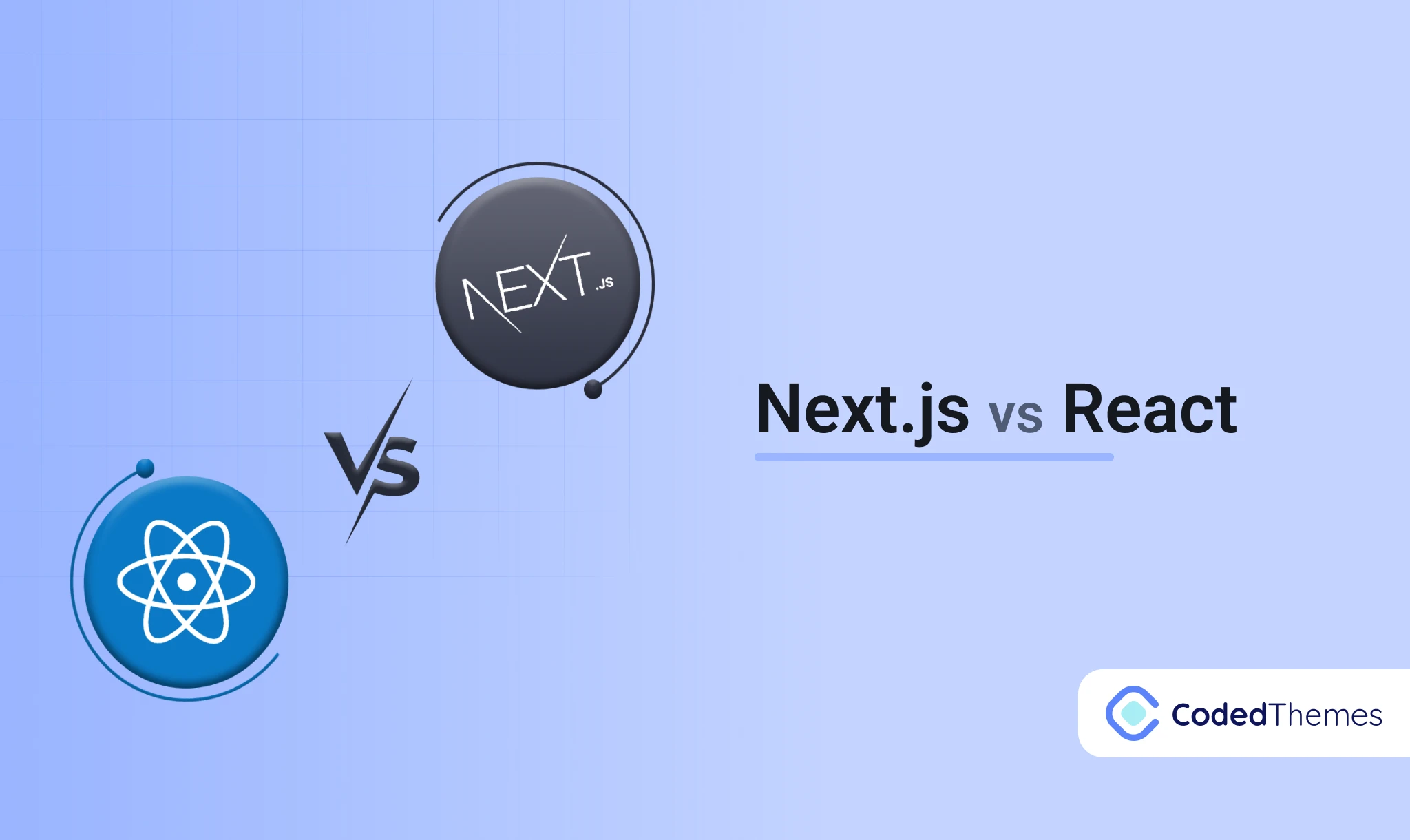Front-end development has revolutionized the digital-first world of today. Web apps are dynamic, interactive platforms that effortlessly react to user activities rather than fixed sites. React is a powerful JavaScript tool created by Facebook in 2013 that drives this change. React has evolved from being just a tool for creating user interfaces to the basis of a large and strong ecosystem that simplifies difficult development chores, increases productivity, and expands easily with rising project needs.
React component-based design has changed front-end development techniques among developers. Under this method, UIs are split into more minor, reusable building elements known as components, which facilitate scaling, maintenance, and construction of significant projects. Along with increasing performance, this change encourages modular, clean code.
Examining the key tools and frameworks that enable React to be among the most potent and flexible front-end technologies, this paper explores the foundation of the React ecosystem. From state management to style, routing, testing, and beyond, contemporary, scalable, and efficient online apps depend on knowing the React ecosystem. Read on to know more.
Role of React in Web Development
React’s basic emphasis is on producing composable, reusable components. Any React-based application is built from these elements, which also help developers create user interfaces effectively. React guarantees it reflects the state of the application and lets developers determine what the UI should look like, thus unlike conventional techniques that mostly rely on hand modification of the UI.
React offers the basis for designing interactive programs. Its low weight guarantees developers may create responsive and quick interfaces free from needless overhead. React’s adaptability has allowed it to run anything from small personal projects to massive sites like Facebook, Instagram, and Airbnb.
State Management in React
Managing apps data becomes more difficult as their complexity rises. React development depends on state management, which controls how and when the UI reacts to user inputs.
Redux
Adopted extensively as a state management tool, Redux centers an application’s state into one single source of truth. Because all elements get data from a centralized repository instead of controlling their states independently, this promotes improved predictability. While allowing developers to create scalable apps, Redux helps to simplify testing and troubleshooting.
Context API
React provides the Context API as a built-in option for applications without an outside state management framework. Without explicitly transferring data across each level of the component tree, the Context API lets developers communicate state across many components.
Recoil
Recoil is a recent state management tool designed especially for React uses. It offers a more flexible state management method, enabling developers to oversee worldwide states free from the complexities often linked with Relic.
Routing in the React Ecosystem
React lacks routing features out of the box, even though it mostly concentrates on creating UIs. Routing is crucial for creating multi-page apps where users move between many views or pages.
Reaction Router
React Router is the most often used tool for implementing React application routing. Matching URLs to specific components helps developers design dynamic, single-page apps (SPAs). React Router also lets users create feature-rich navigation experiences by supporting dynamic parameters, route protection, nested paths, and route access.
Reactive Styling Solutions
Front-end development is fundamentally based on styling, which determines how a user interface looks. Developers in the React ecosystem have a range of tools and frameworks to effectively apply styles.
CSS Modules
A common problem of class name conflicts has a fix with CSS modules. CSS Modules lets builders create modular, reusable CSS code automatically segregated from other components by locally scoping styles to specific components.
Styled-components
Styled-components is a JavaScript package that introduces the idea of component-level styling. It maintains a neat and orderly layout while letting developers create CSS code straight into their components. Because styles may be easily shared across components, styled-components encourage reusability.
React Applications Testing
Any application development process revolves around testing. Developers in the React ecosystem have access to tools meant to guarantee apps run as expected. Testing libraries help developers guarantee a flawless user experience, verify components, and spot problems.
Jest
React apps are often tested using the JavaScript testing tool Jest. It offers tools for unit tests, integration tests, and snapshots so developers may confirm that components function as expected under many scenarios. Jest is quickly dependable and extensively linked with React projects.
React Testing Library
The React Testing Library uses React components every day. Unlike conventional testing tools that emphasize implementation details, the React Testing Library motivates developers to test components based on user interactions. This guarantees that tests fairly capture user interaction with the program.
Tools for Performance and Productivity
Tools that increase developer efficiency and maximize application performance enhance the React ecosystem. These tools handle the many difficulties of monitoring, building processes, and debugging.
React Developer Tool
React DevTools is a browser tool that lets developers instantly examine and fix React components. It clarifies component hierarchies, props, and states, facilitating problem identification and performance optimization.
Webpack
React projects depend critically on the module bundler known as Webpack. Combining JavaScript, CSS, and other materials into optimized files guarantees quicker load times and effective resource management.
Bella
Designed to guarantee compatibility with older browsers, Babel is a JavaScript compiler that lets developers utilize the newest JavaScript capabilities. Often used with React projects, it converts contemporary syntax into code that works effortlessly across all contexts.
Conclusion
The dynamic and always-growing React ecosystem enables developers to create scalable, contemporary, and efficient online apps. React’s ecosystem offers tools, libraries (charts, code formatting, testing animation., etc,) and frameworks addressing state management, routing, style, testing, and performance optimization, even as it provides the basis for creating reusable UI components.
From potent frameworks like Next.js and Gatsby to indispensable tools like React Router and Relic, the React ecosystem provides a toolbox that improves output and streamlines development. React will surely grow as it develops, offering even more creative answers to satisfy current web development needs.












Comments